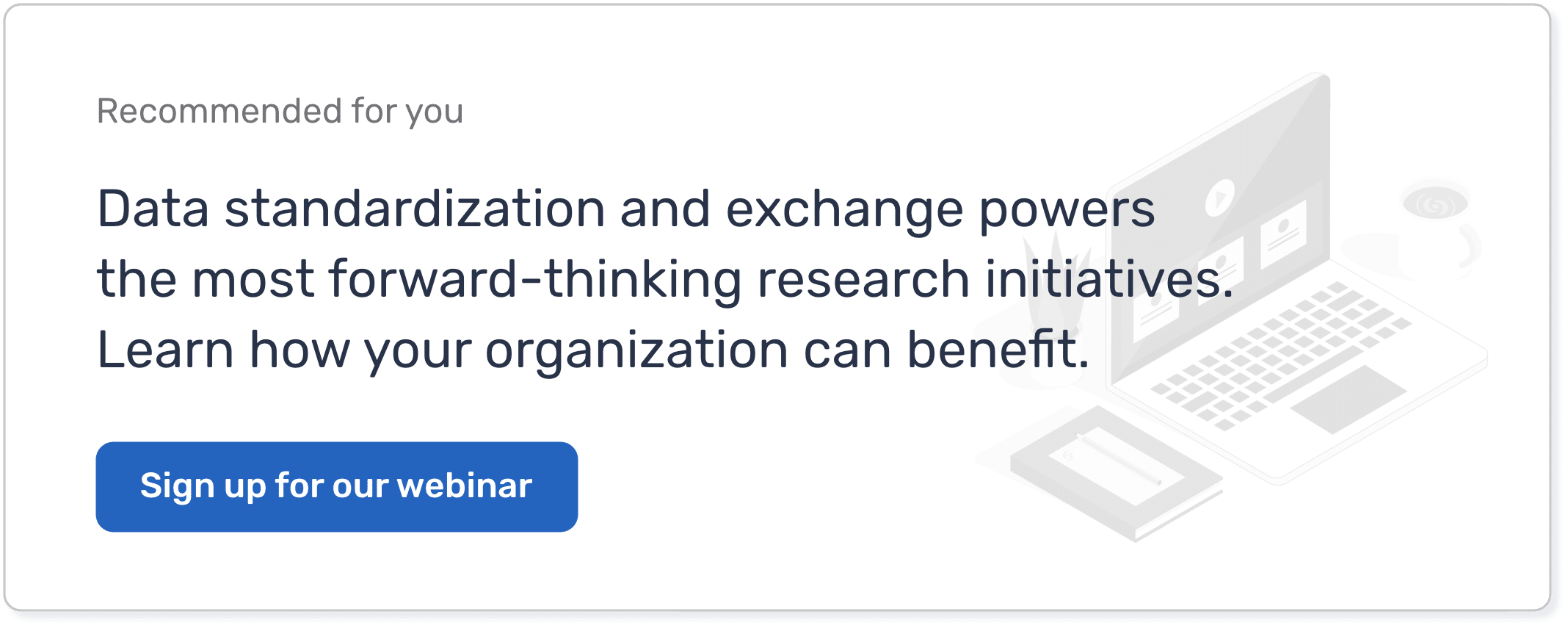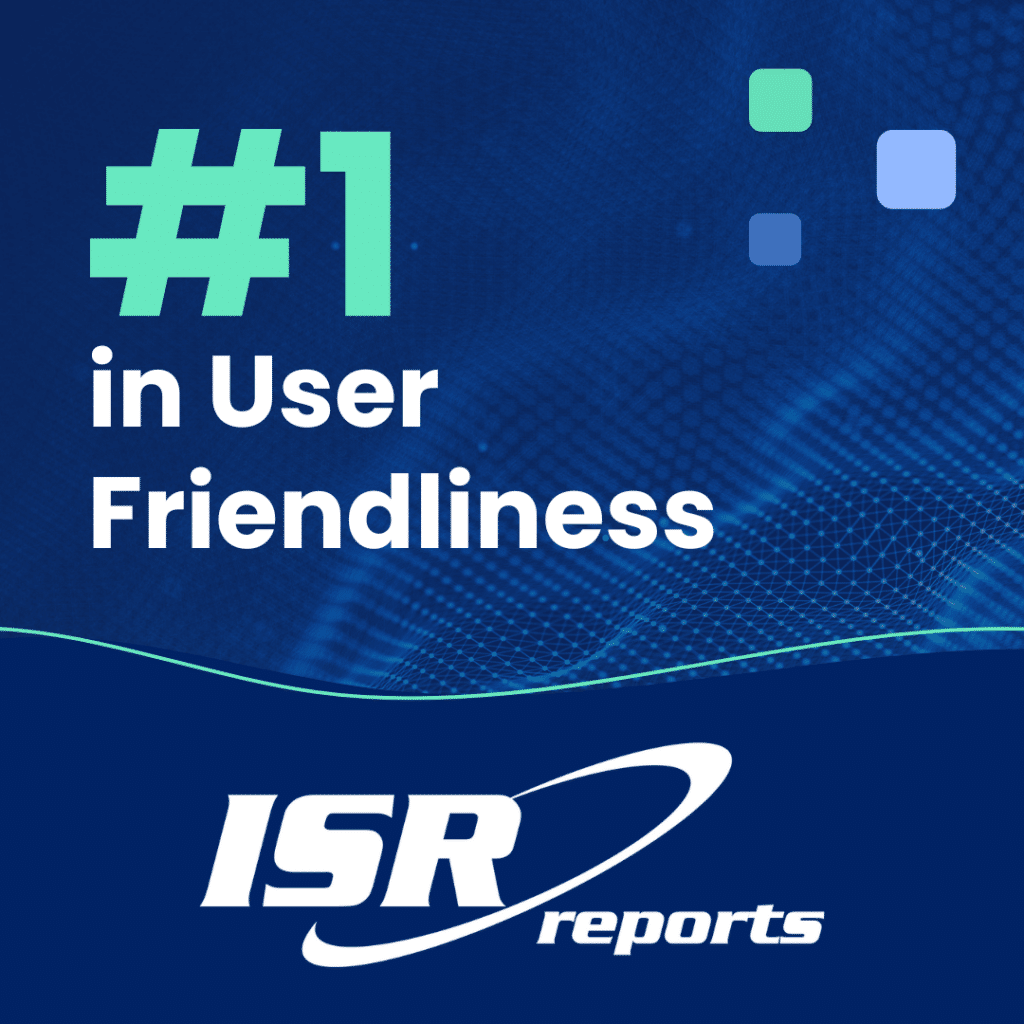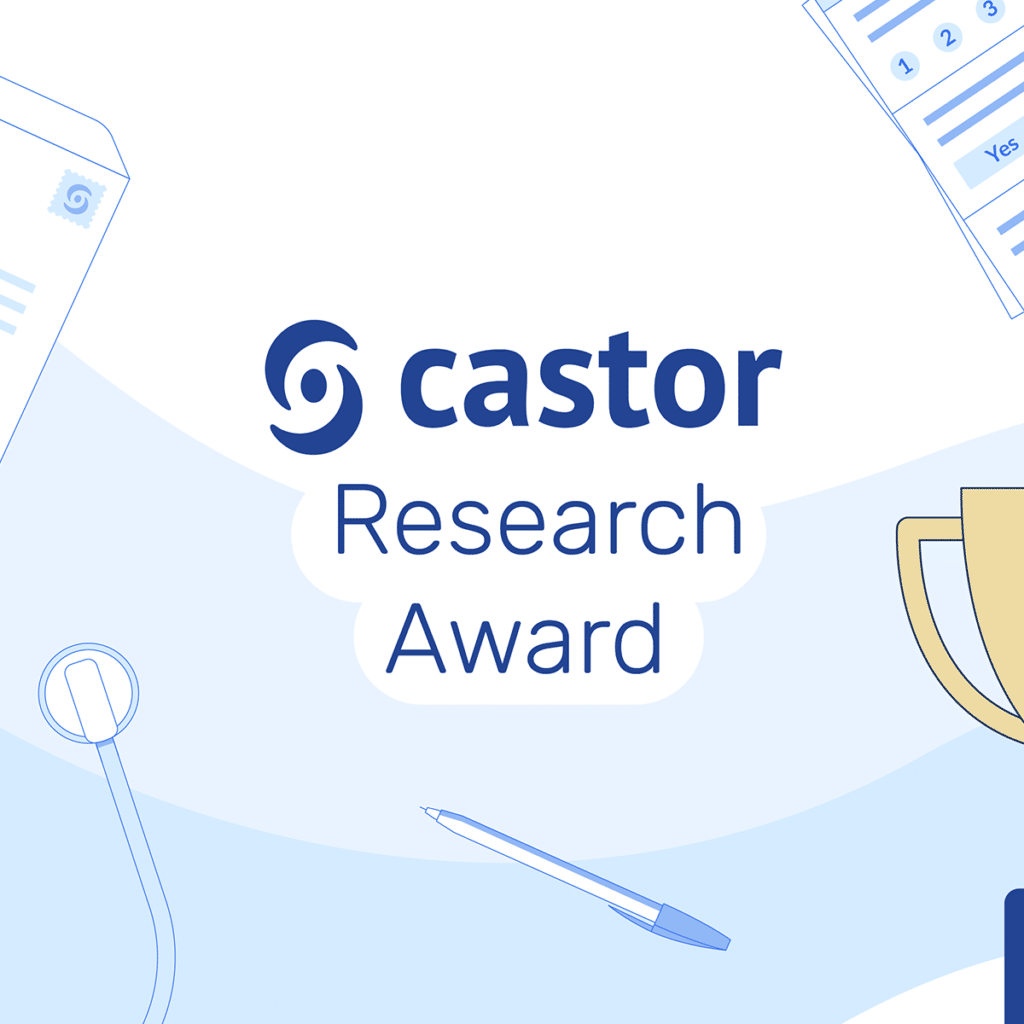We have our second nominee for the Castor Research Award! A creative therapeutic approach to iron overload in patients with hereditary anemia, as well as a creative (if not poetic) project outline. We hope that PPIs will indeed shine again with their safety and efficacy for this indication.
Enjoy and be inspired to apply!
PPI Shine Again
A rusty treatment for an iron ailment, contrasted by state of the art data management

Annelies van Vuren, MD, PhD student, Coordinating investigator & Eduard van Beers, Hematologist, Principal investigator, Van Creveldkliniek, UMC Utrecht, University Utrecht


Our inspiration
The aim of our study is to maintain particularly the liver free of iron, despite daily exposure to dietary iron. We believe that PPIs will stop (lock) the absorption of iron and thereby prevent, or even treats iron overload in patients with non-transfusion dependent hereditary anemia.
Study title
Proton pump inhibition for secondary hemochromatosis in hereditary anemia, a phase III placebo controlled randomized cross-over clinical trial. Or in short PPI Shine Again.
Brief background
The number one cause of years lived with anemia in Western Europe is hereditary anemia. The major cause of morbidity and mortality in patients with hereditary anemia not requiring chronic blood transfusion is iron overload caused by increased intestinal iron uptake. Iron overload and hereditary anemia are a growing, underestimated emerging health care problem. Many patients on iron chelation therapy, including deferasirox (currently the most frequently used iron chelating agent) experience side effects such as gastro-intestinal problems and less frequently renal or hepatic failure. Not including the economic costs and loss of quality of life caused by side effects of iron chelation, the cost of prescription alone amounted about 5 million euros in 2016 in the Netherlands.
Dietary uptake of iron can be reduced by gastric acid reduction. Observational studies suggest that PPIs reduce iron uptake. In a recent randomized controlled trial in hereditary hemochromatosis PPIs diminished the needed number of phlebotomies. Although results of this trial cannot be extrapolated completely to patients with hereditary anemia, this is a strong suggestion for effectiveness in patients with hereditary anemias and secondary hemosiderosis. A safer alternative for the iron chelators would make it possible to intervene earlier in these patients and at lower costs. Especially in low-income regions of the world, PPIs could be a life saving and affordable alternative to prevent and treat iron loading.
Study setup
Objective: to show that PPIs are an effective and safe treatment of secondary hemochromatosis in patients with hereditary anemia and mild iron overload.

Study design: randomized placebo controlled cross-over trial.Study population: 40 non-transfusion-dependent patients (adults) with a form of hereditary anemia with mild to moderate iron overload. Mild to moderate iron overload is defined as a baseline LIC (liver iron content) between 3 and 15 mg Fe/g dry weight (dw) without iron chelation therapy or on stable chelation therapy.
Intervention: 12 months treatment with esomeprazole 40 mg twice daily or 12 months treatment with placebo twice daily.
Primary endpoint: the change in LIC measured by MRI of the liver expressed in mg Fe/g dw after one year of treatment with esomeprazole compared to treatment with placebo.
CASTOR and PPI Shine Again
Why CASTOR works for us:
(Disclaimer, I summarized only 5 points, but ask my study patients and my coworkers, and you will get more compliments.)
1. CASTOR provides us the overview we need. Instead of 10 files in 3 centers, all information is bundled in one easy accessible eCRF. And, very important, safely accessible everywhere. Thanks to CASTOR, I, as the coordinating investigator, will be aware of all SAEs during working hours and my time off. Everything for the safety of our study patients.
2. With 3, possibly 4, sites on board, we needed an eCRF that was easy to use for every member of the local trial teams. CASTOR offered all we asked for. You can learn to enter data in CASTOR in less than 5 minutes, the buttons are customer friendly and do not need explanation. CASTOR functions as a guide for every study visit: lab: check, MRI: check, medication: check. And thanks to CASTOR, some of my colleagues can view, some can edit, and no one (except me) has the permit to rebuild the eCRF. Safety and quality of the data before everything else.
3. I love the option ‘exclusion’ and ‘required question’. Thanks to those features of CASTOR we will end the study with less missing data and, I hope, less surprises.
4. Patients are happier: instead of another 20 minutes in our waiting room to fill in the 3 surveys, surveys can be filled in online at home. Honestly, I got enthusiastic reactions, thanks to CASTOR.
5. A small bonus: CASTOR is good for the environment. Choose CASTOR and save at least one tree: no CRF papers. And all surveys (9 packages of 32 pages per patient = 11.520 pages) automatically sent by an URL to the patients with a 3-monthly interval!
6. Last but not least, the service of the CASTOR team is endless. I timed the time until response: it never exceeded 10 minutes. Incredibly fast. Thanks for all the support so far!
Stay tuned for more nominations! We wish all nominees good luck and encourage all researchers to brag about their projects and get the chance to win €3000!


